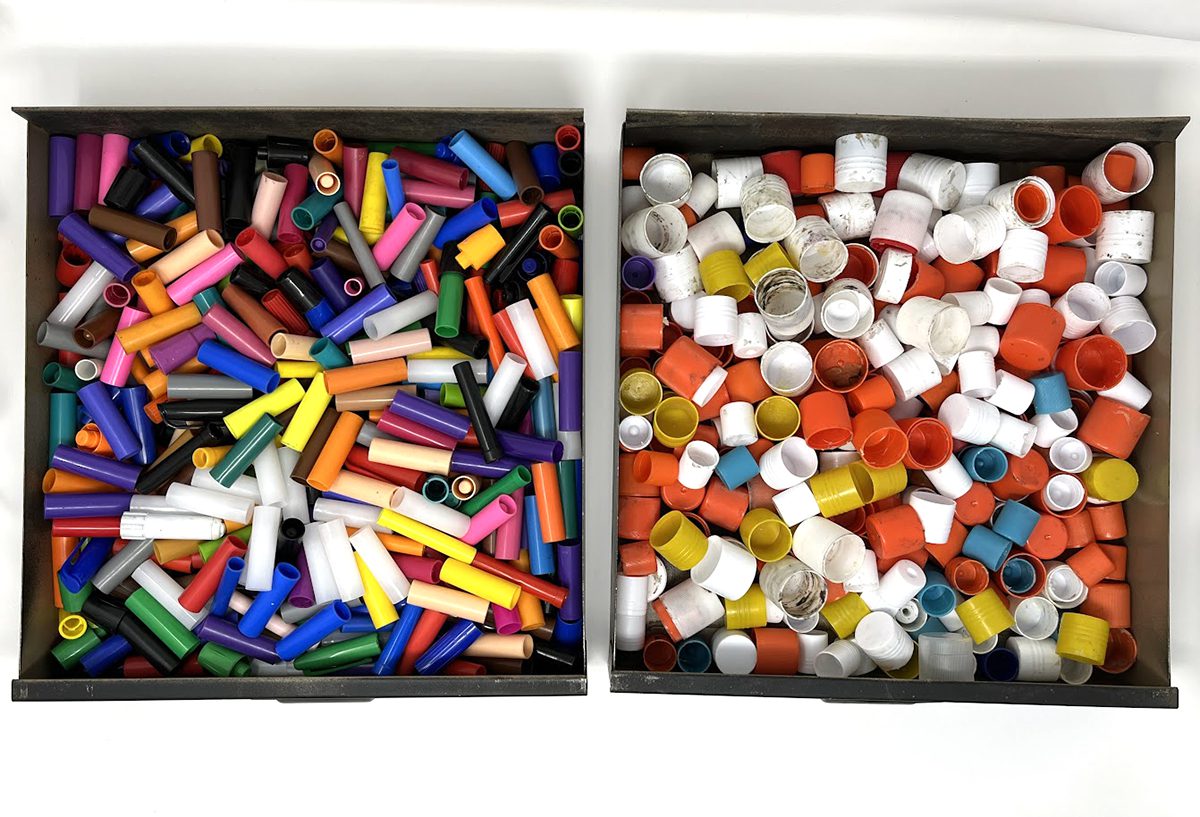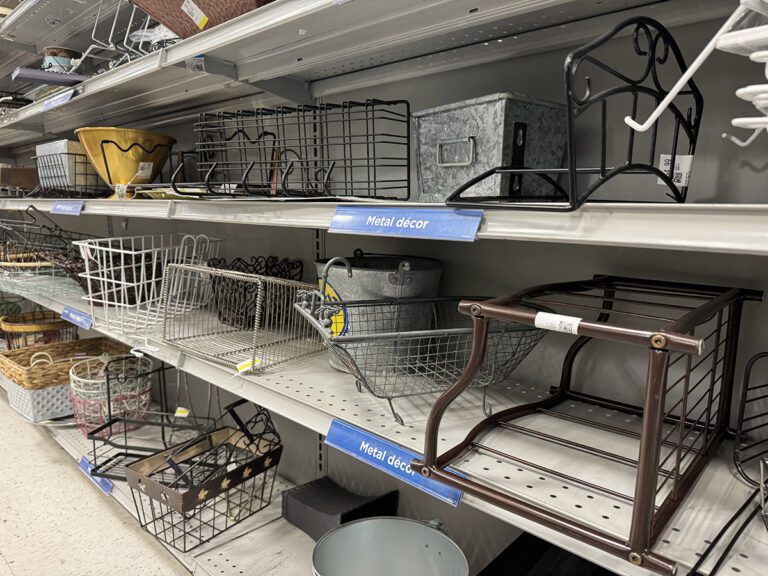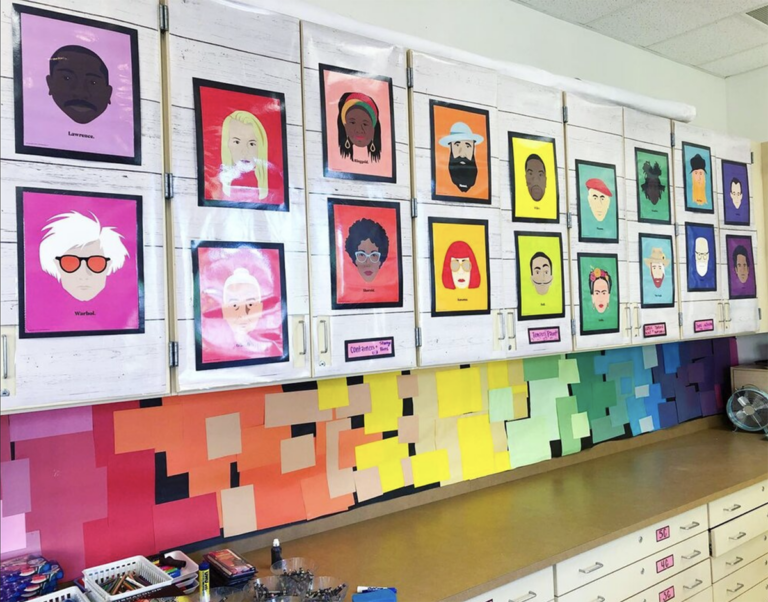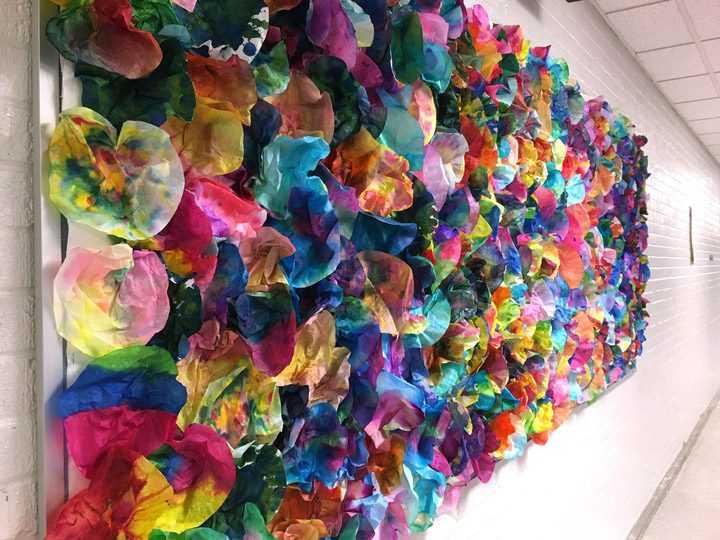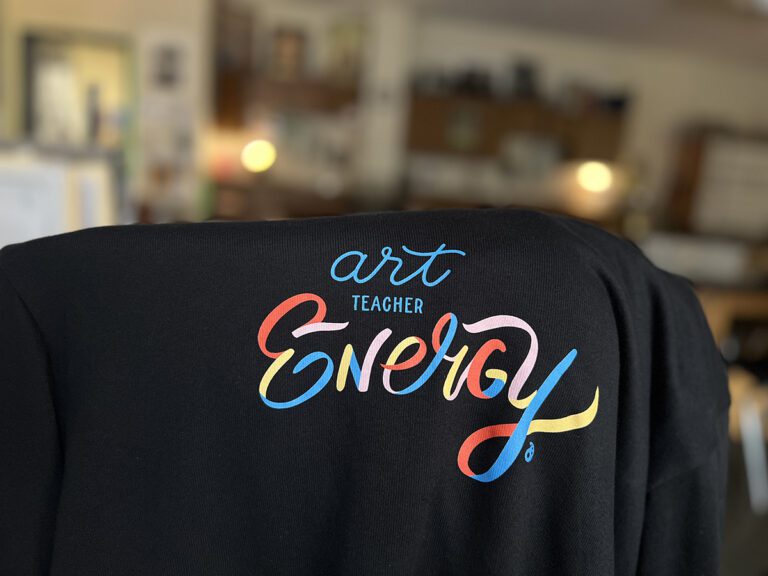Leftovers are wonderful, whether it’s Chinese from the night before, cold pizza for breakfast, or Thanksgiving dinner. There is no meal prep, it eases the burden of cooking, and it stretches out your savings! Leftover supplies in the art room have the same great upsides (except please do not eat your materials!) If you are wondering what to do with old markers or beat-up glue sticks, AOEU has you covered.
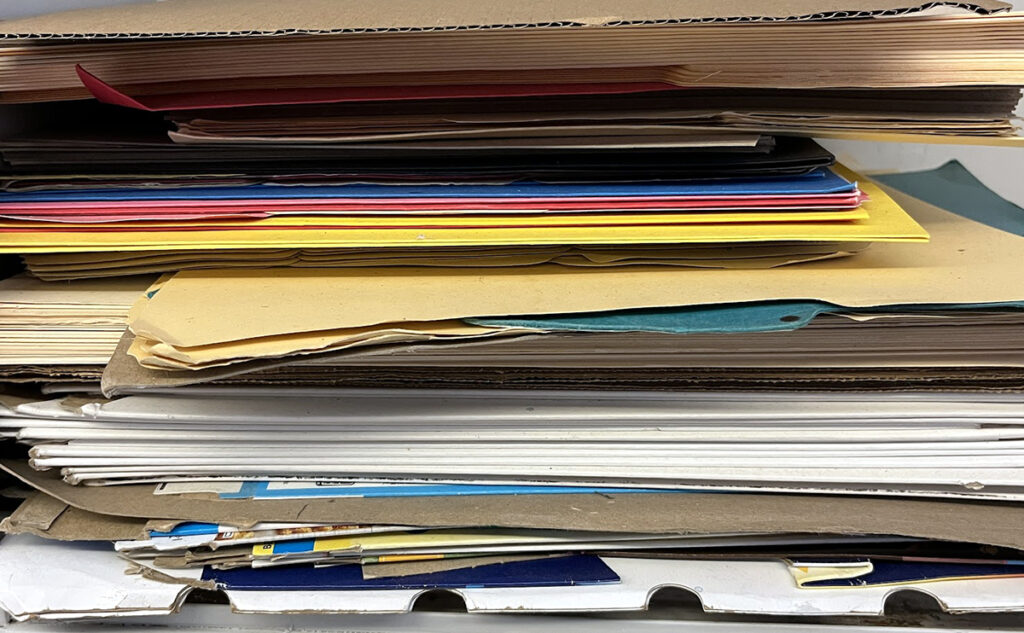
Before doing anything, it’s important to take inventory of your supplies. Prioritize a running list of items for next year’s supply order. This way, you are prepared to order your essentials while maximizing your budget.
Here are three steps to guide your inventory process:
- Focus on staple items and items you are completely out of.
This can include drawing paper, pencils, erasers, and markers. - Make a note of what you are partially out of and need to supplement.
This can include specific quantities or colors of watercolor refills, construction paper, and quarts of acrylic paint. - Add specialty and wishlist items.
Art room budgets are like household grocery lists. Stock up on the essentials like bread, cheese, and milk before splurging on steaks or sweets. This can include glitter, sequins, modeling clay, or those awesome gel plates you saw in a PRO Pack.
After making a supply assessment, it’s time to recycle, repurpose, reuse, consolidate, or dispose of. Keep reading for ways to reuse five common leftover supplies!
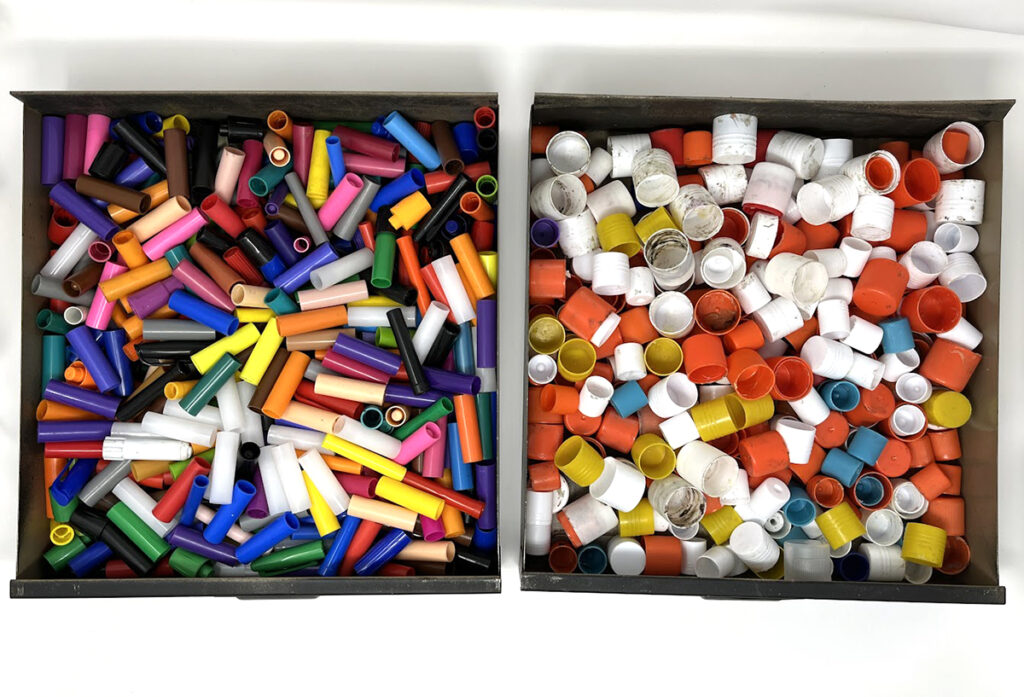
1. Markers
Students test the good ones to keep. Dispose of the dried-up ones or recycle them in a special program. Before you get rid of them, save the caps in a drawer or container for future use. Students lose caps constantly, so it’s handy to have extras you can pull out when needed.
You can also soak the marker tips in water to create DIY watercolor paint. This is helpful if you are on a tight budget or just looking for an interesting way to use them up.
2. Glue Sticks and Bottles
Follow the same procedure for glue sticks—toss the bad ones and save the caps! If the stick is half-full or more, keep them for next year.
Glue bottles may also be the bane of an art teacher’s existence. There is no hard or fast rule on this one. Some throw out the bottles and buy brand new. Some consolidate by inverting them into another bottle or gallon jug. You can add water to an almost empty gallon jug to make a “glue paint” useful for tissue paper and papier-mâché projects!
3. Crayons
By their very nature, crayons wear out or break. Keep an extra batch of decent ones for the following school year. Dispose of the broken ones or repurpose them by melting them in a muffin tin to form new crayons, crayon batik, or crayon candles.
4. Construction Paper
You may find a batch of sun-faded paper, a pile of bent pieces, or even partially cut-up scraps. If you are not already in the habit, create several scrap paper boxes to collect these in. Use empty copy paper boxes or plastic drawer storage and fill them up throughout the year. Pile it all in one bin or sort by color or color family.
Recycle scrap paper for free draws, quick sketches, collages, or paper mache. You can also do a papermaking lesson and use tiny paper scraps to make paper pulp.
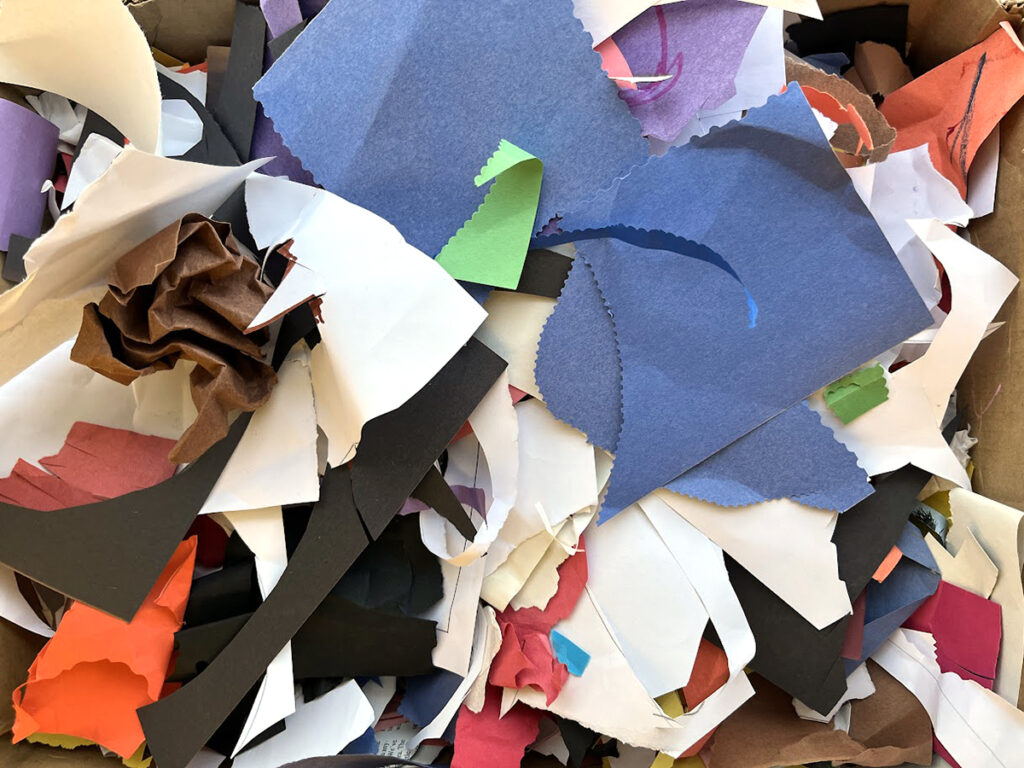
5. Dried-Up Clay
There are always little bits or chunks of clay left at the end of a clay lesson. Whether it seems dry and unusable or it’s still wet, throw it all into a clay scrap container. Rehydrate it in a bag, bucket, or tub with water. After the clay softens, put it in a blender to make smooth slip. Or wedge the clay until the consistency is uniform, just like the block it originally came in!
At the end of the year, other teachers may be getting rid of items. Make their trash your usable treasure with the ideas below.
Besides art room supplies, you may find a surplus of other materials other teachers discard in the hallways or drop in your classroom. Share the love by designating a table in a staff common area for unwanted materials that need a new home. You can also send a friendly blast email to your colleagues with items you want if they have extra.
1. File Folders
File folders are great for organizing your paperwork and small reproductions. The heavyweight pieces of cardstock also make great backings for projects or tracers if you have little artists. Do not be shy about stacking up on file folders!
2. Newspapers and Magazines
Print is worth its weight in gold, or in this case, paper. Old newspapers and magazines are wonderful for collage projects. Newspapers are also great for papier-mâché. Spread newspapers on tables for messy project days to make cleanup a breeze. Use newspapers as armatures in ceramic projects; when you fire the final pieces, the newspaper will burn right out! Magazines make handy disposable palettes or thin, colorful origami paper.
3. Books
Some of your colleagues (or even you!) may be tossing out outdated books. Scrounge up as many as you can and transform them into altered books. Students can also rip pages out for collage projects. Adhere to your district and school policies on book and material distribution and collection.
4. Pencils, Rulers, and Pens
You can never have enough pencils, rulers, and pens! These materials are always getting broken, beaten, or used. Scoop them up and store them away for a rainy day.
5. Cardboard
Grab a variety of cardboard boxes before they make it into the dumpster. Use extra sturdy ones for storage containers and use the rest for sculpture projects. Rip them up, break them down, or hoard them until you need them! Use them as “glitter boxes” to keep the sparkle under control. Students place their work in the box, add the glue and glitter, shake off their work in the box, and voilà!
6. Baskets, Containers, and Bins
They do not need to be fancy, but if anyone pitches a milk crate, book bin, or plastic tub, swoop in and make use of it. Supplies always need sorting and storing!
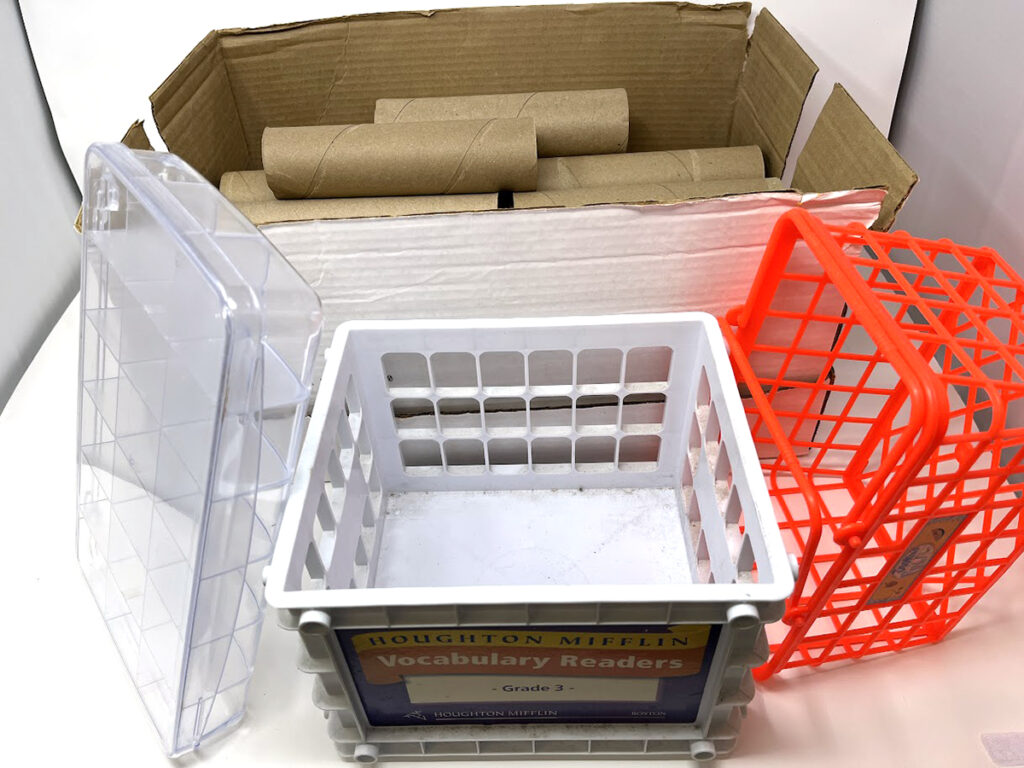
Reuse, repurpose, or upcycle materials as much as possible! It will stretch your budget and help keep you organized. It will also improve your creative problem-solving skills as you create lesson plans from recycled items. Prepare for future budget cuts by keeping used leftover materials and supplies now. Save caps, rehydrate clay, and keep a bin of scrap paper. Collect unwanted office supplies, grab file folders, and snag as many cardboard boxes as you can. Then, apply the ideas above for some amazing and unexpected artmaking opportunities next year!
What other extra or unwanted materials do you make use of?
Share a hack for a leftover art supply with the AOEU community!
Magazine articles and podcasts are opinions of professional education contributors and do not necessarily represent the position of the Art of Education University (AOEU) or its academic offerings. Contributors use terms in the way they are most often talked about in the scope of their educational experiences.
